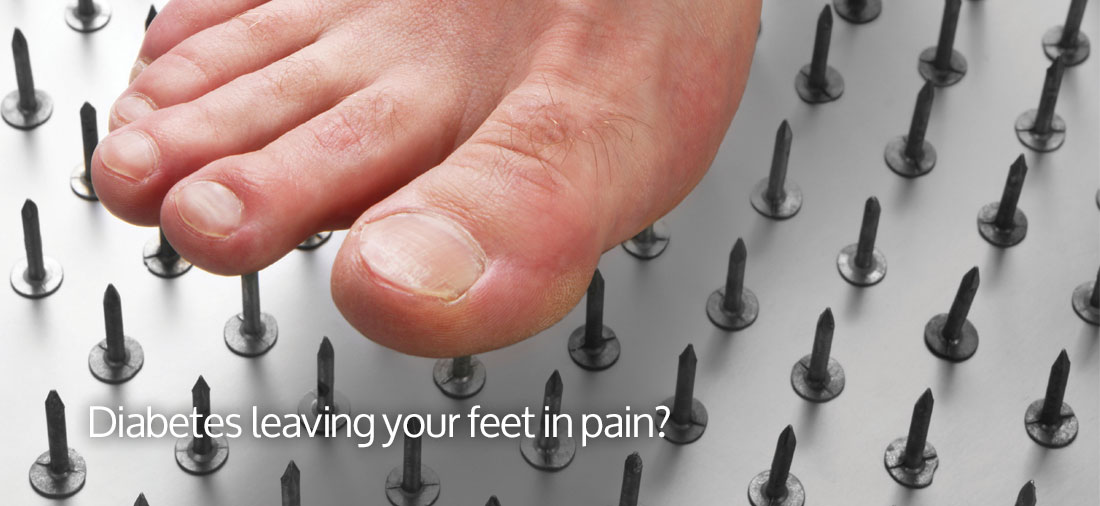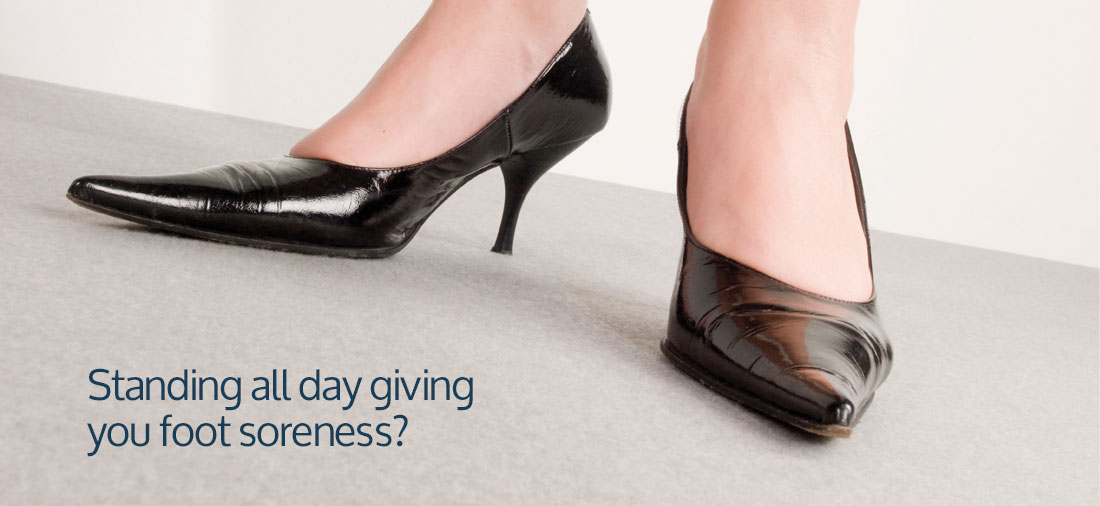To Run or to Walk…Which one gives us the most benefit?
We are often asked as health professionals to recommend the best type of exercise for our patients. Invariably, the conversation will lead to the perplexing question…Do I run or walk?
A variety of new studies that have pitted the health benefits of running directly against walking are providing some interesting answers. Their conclusion? It depends almost completely on what you are trying to achieve..
If, for instance, you are looking to control your weight, running wins by a large margin. In a study published recently in Medicine & Science in Sports & Exercise, and unambiguously titled “Greater Weight Loss From Running than Walking,” researchers combed survey data from 15,237 walkers and 32,215 runners enrolled in the National Runners and Walkers Health Study — a large survey being conducted at Lawrence Berkeley National Laboratory in Berkeley, Calif.
Participants were asked about their weight, waist circumference, diets and typical weekly walking or running mileage both when they joined the study, and then again up to six years later.
The runners almost uniformly were thinner than the walkers when each joined the study. And they stayed that way throughout. Over the years, the runners maintained their body mass and waistlines far better than the walkers.
The difference was particularly notable among participants over 55. Runners in this age group were not running a lot and generally were barely expending more calories per week during exercise than older walkers. But their body mass indexes and waist circumferences remained significantly lower than those of age-matched walkers.
Why running should better aid weight management than walking is not altogether clear. It might seem obvious that running, being more strenuous than walking, burns more calories per hour. And that’s true. But in the Berkeley study and others, when energy expenditure was approximately matched — when walkers head out for hours of rambling and burn the same number of calories over the course of a week as runners — the runners seem able to control their weight better over the long term.
One reason may be running’s effect on appetite, as noted by another study published last year in the Journal of Obesity. In this study, nine experienced female runners and 10 committed female walkers reported to the exercise physiology lab at the University of Wyoming on two separate occasions. On one day, the groups ran or walked on a treadmill for an hour. On the second day, they all rested for an hour. Throughout each session, researchers monitored their total energy expenditure. They also drew blood from their volunteers to check for levels of certain hormones related to appetite.
After both sessions, the volunteers were set free in a room with a laden buffet and told to eat at will.
The walkers turned out to be hungry, consuming about 50 calories more than they had burned during their hour long treadmill stroll.
The runners, on the other hand, picked at their food, taking in almost 200 calories less than they had burned while running.
The runners also proved after exercise to have significantly higher blood levels of a hormone called peptide YY, which has been shown to suppress appetite. The walkers did not have increased peptide YY levels; their appetites remained hearty.
So to eat less, run first!
But on other measures of health, new science shows that walking can at least be as valuable as running — and in some instances, more so. In perhaps the most comforting of the new studies published last month in Arteriosclerosis, Thrombosis and Vascular Biology and again using numbers from the versatile Runners and Walkers Health Study, runners had far less risk of high blood pressure, unhealthy cholesterol profiles, diabetes and heart disease than their sedentary peers. But the walkers were doing even better. Runners, for instance, reduced their risk of heart disease by about 4.5 percent if they ran an hour a day. Walkers who expended the same amount of energy per day reduced their risk of heart disease by more than 9 percent!








